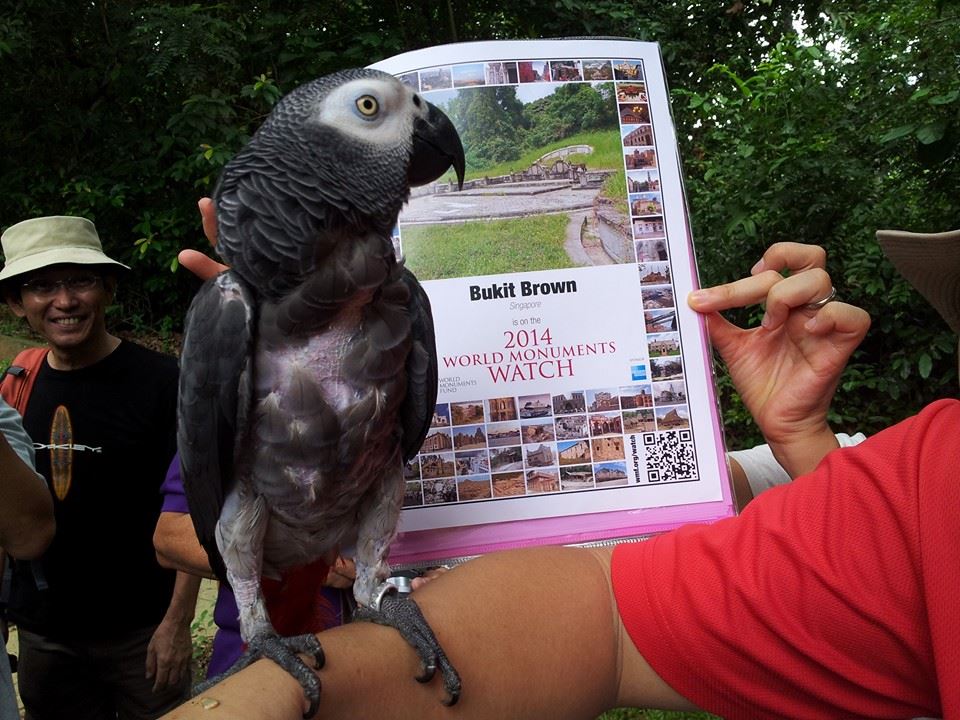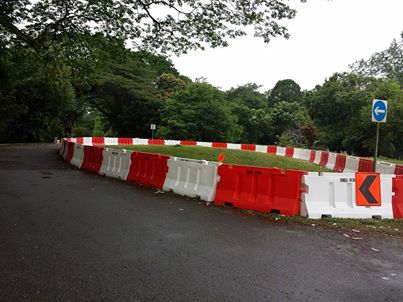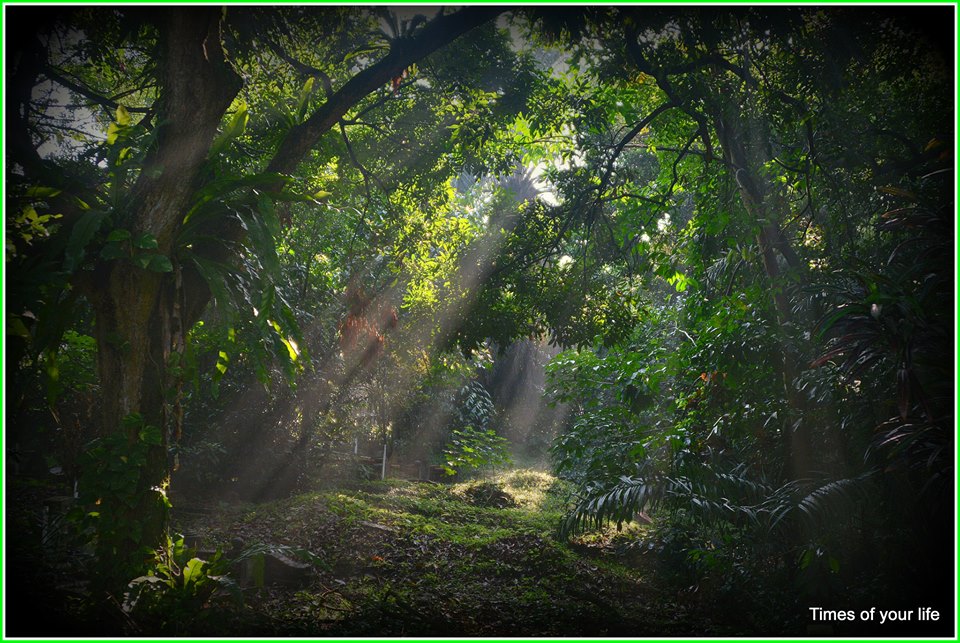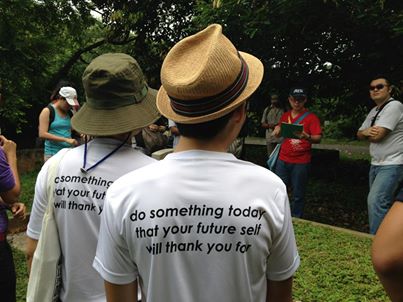A Question of Public Value: Bukit Brown
1
A Question of Public Value : Bukit Brown
by Z’ming Cik
(14 October 2013)
It has been a sweet triumph of sorts for the heritage enthusiasts of Bukit Brown who dub themselves the ‘Brownies’. They have now managed to earn international recognition for the site by placing it on the 2014 World Monuments Watch – even if that does not seem likely to change the government’s immediate plans to build a highway cutting through it.
It is not just an affirmation of its significance that Bukit Brown has been selected, alongside Venice in Italy, Yangon historic city centre in Myanmar and sites in war-torn Syria such as a 17th-century souk in Aleppo, as one of 67 cultural heritage sites currently “at risk from the forces of nature and the impact of social, political and economic change” – in the words of the New York-based World Monuments Fund.
It is also an affirmation of a universalistic ethos that any cultural heritage of the world can transcend the narrow confines of ethnic identities, and be protected by all mankind, against irreplaceable loss due to unchecked urban development or other factors. Such is indeed also the true spirit behind the 1972 UNESCO World Heritage Convention, best known for the mechanism of the world heritage list, on which Singapore is attempting to inscribe its Botanic Gardens.
The purpose of this little article here is not to make a case for the nomination of Bukit Brown as a world heritage site – though that can definitely make a fruitful exercise, given its historical and aesthetic values based on all the knowledge accumulated. Instead, I would like to approach the issue of Bukit Brown from a more general perspective, of what is stake in general with plans to sacrifice such a site for traffic and future residential use, and how decisions should be arrived at from the perspective of public administration. For as the Brownies have expressed at a press conference last week, there is an urgent need to ‘reframe’ public discussion, away from a false dichotomy that treats it as a choice between space for the dead and space for the living.
Indeed, the issue of Bukit Brown is not a dilemma between past and future, tradition and modernity, heritage and progress, or community and nation. It may be framed instead as a question of ‘public value’ for the average Singapore citizen, whereby one should weigh between the gains of constructing a highway to ease traffic (and allowing more cars on the road) and the environmental costs which may impact on the quality of life for all residents, not to mention the opportunity costs in compromising a heritage site with value in education and tourism use.
I am borrowing the term ‘public value’ here from Mark H. Moore, Kennedy School of Government, Harvard University, author of the book Creating Public Value. Under such a framework of public administration, one may discuss whether a public enterprise reflects the desires or aspirations of the citizens, and also analyse whether it is cost-effective for collective interests.
This gives us a clearer picture of the problem when we consider the following points. First, in terms of desires or aspirations, 54% of Singaporeans according to the recent Our Singapore Conversation Survey have expressed a preference for preservation of heritage spaces over infrastructure, and 62% have expressed a preference for preservation of green spaces over infrastructure. The Singapore Heritage Society also cites an earlier Heritage Awareness Survey whereby 90% of Singaporeans agree that preservation of heritage would become more important as Singapore becomes a global city.
Second, plans for the 8-lane highway through Bukit Brown were announced without full disclosure of its Environmental Impact Assessment, which should rightly be of public interest. Nature Society has cited the importance of Bukit Brown as a green lung with cooling effects on the climate and mitigating effects against flash floods. We have surely seen how Urban Heat Island (UHI) effects, due to increased urban surfaces and industrial and car emissions, lead to more flash floods. The National Environment Agency is now advising Singaporeans to brace for warmer and wetter days in the next century. Should Singaporeans be inspired then to make extra more babies? Would more population growth and urban development be sustainable in the long run?
The idea of ‘sustainability’ is incidentally concerned not only with economic development but also with environment and social equity; it begs us to rationalise the needs of the present generation, in order not to compromise the ability of future generations to meet their own needs. So who are we to decide for the future generations that they have no need for natural green spaces, for authentic cultural and natural heritage?
Third, an 8-lane highway may be cost-effective for the operations of LTA and its contractors, but is it ‘cost-effective’ for all Singaporeans? On the concern of infrastructure alone, will the benefits be well distributed among Singaporeans? I believe a lot of Singaporeans would prefer to see improvements in public transport – whereby they should be managed as public enterprises rather than as profit-making private enterprises, while controlling the growth or inflow of population meantime. COEs this month have just reached 90K, and ERP rates have been rising too, so how does a new highway represent the interest of the average Singaporean? Should the dictum of the government be what former head of Civil Service, Ngiam Tong Dow recalls: “What’s wrong with collecting more money?”?
An 8-lane highway may make good business sense if the objective is to attract higher demands for car traffic. But it is a road of no return where environmental costs and the loss in heritage are concerned.
Perhaps the word ‘heritage’ is not always useful here, for some people may mistake it as being synonymous with ‘tradition’, and they assume that to acknowledge a cemetery dating back to the Qing dynasty as heritage would mean having to wear a pigtail, or to bow before the image of some dead old merchants and ask for 4D numbers. They imagine ‘heritage’ as a form of liability, instead of as a form of resource for an authentic experience of national history, or of works of art.
How the historical significance of Bukit Brown as ‘heritage’ should be interpreted, is certainly open to debates. But being ‘modern’ does not mean discarding everything of the past. We are not living in an era of Cultural Revolution somewhere in China. The National Heritage Board has also recognised the importance of Bukit Brown Cemetery and the need to work with the community for its preservation.
Being ‘modern’ also means being able to rationalise how one should help steer the development of one’s country or the world at large. Hopefully more Singaporeans will be able to look at the issue of Bukit Brown not as a matter of whether one has personal affinity to it, but from a perspective of public value.
We may ask ourselves: What heritage values does it hold on a local level and on a global level, and how would that represent the desires and aspirations of Singaporeans? In what circumstances would redevelopment be justifiable, and in what way would that represent social equity and long-term interests among Singaporeans?
We as Singaporeans need to rethink what this land of Singapore means to us, and what the word ‘progress’ truly means.
Z’ming Cik is pursuing his Phd in heritage studies in Germany.

The first tour after the announcement of Bukit Brown’s World Monuments Listing. Basil the macaw weighs in on what it means (photo Khoo Ee Hoon)

A day after the meet the media session with Brownies on the World Monuments Watch listing, the barricades are up at the roundabout (photo Milli Phuah)



Comments
Trackbacks
Check out what others are saying about this post.[…] A Question of Public Value : Bukit Brown . a thought essay by Z’ming Cik was submitted for the “My Say” category of the blog on 13th October. […]